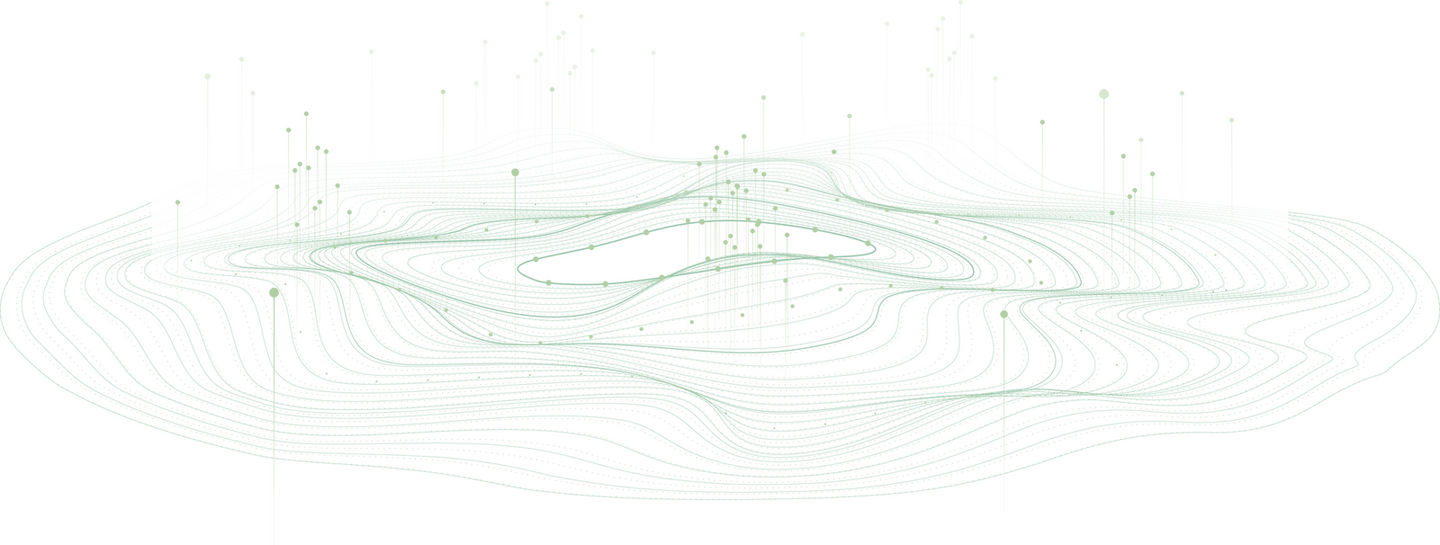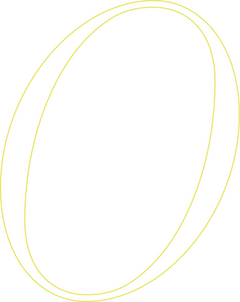NEWSMEDIA
DATA UNCOVERS HIDDEN PATTERNS


Techniek helpt
de traditionele
journalistiek vooruit
Open Source Intelligence (OSINT) helps reporters uncover the real facts, whether they’re writing a story about new trenches along the Ukrainian border or exposing an army of trolls. Xander van Uffelen, head of data and research at de Volkskrant, offers a peek behind the scenes of this relatively new form of journalism.

Xander van Uffelen
(55), HEAD OF DATA & RESEARCH AT de Volkskrant
“At de Volkskrant, we actually started writing stories based on publicly available information, or OSINT, back in 2019. We used various sources, such as social media and forums, but initially it was something we only did sporadically. It wasn’t until the pandemic – which was all about data – and later the war in Ukraine, that OSINT became a regular part of our work in the newsroom. The war was a real turning point, because you couldn’t verify the facts on the Russian side. It just goes to show that public sources can be crucial in getting at the truth.
“We had gained experience with OSINT before, for example when we exposed the army of trolls used by the singer Dotan, who created his own fake fan accounts, or when we covered the story of the hidden family in Ruinerwold. But because those pieces required an incredible amount of research, that way of working quickly faded into the background again. The war in Ukraine gave us a permanent team, including Pieter Sabel and Erik Verwiel, and the use of OSINT kept growing. We were able to investigate the Hamas attack on the Nova music festival fairly soon after it happened, as well as the construction of Russian trenches along the Ukrainian border.
“Recent technological advances have made OSINT a very powerful tool – there’s AI, machine translation, facial recognition software and satellite photos that can even be taken on demand. We were able to use these tools to contact the relatives of Russian soldiers who had died during the war. The possibilities are enormous. We identified a soldier who was killed in action by comparing his picture with a childhood photo posted by his mother on the Russian version of Facebook, which resulted in a 100 percent match.
"You teach AI, for example, to distinguish a stream from a road, and eventually the software analyzes independently."
“At the moment, we have two full-time OSINT experts, supported by colleagues from other newsrooms. The team consists of three groups: data specialists, traditional investigative journalists and the two OSINT experts. They work in pairs, depending on the story. That collaboration is essential – you have to be curious and tenacious, but you need technical insight and team skills as well. Sometimes you’ll also work with colleagues from the national, international or business desk, building a story together.
“A good example of OSINT is our feature on the gold mines in Suriname, where some locations are too dangerous or simply inaccessible. So satellite images and AI were a huge help. First we taught the AI to recognise things like streams and roads, and eventually the software was able to analyse data on its own. That allowed us to identify patterns that would otherwise have remained hidden.
“The beauty of OSINT is that it offers new storytelling opportunities, especially online. With video, audio, photography, graphics and text, you can paint a complete picture. Longreads and interactive ‘scroll overs’ like the one we made for the Suriname gold mine story strengthen online journalism. But it remains a challenge. Sometimes you put a lot of energy into a project and end up with nothing to show for it, like when we tried – and failed – to get into the group chat of the people who had attacked the Maccabi fans. At some point, you have to cut your losses and accept that it’s not going to happen.
“I see OSINT as an adolescent. It’s all still new and exciting, and we’ve got all these stories we want to work on, but in 10 years’ time OSINT will be part of our everyday work. It’ll be combined with traditional journalism and on-the-ground reporting, as we did for the story on the Tarwekamp explosion.
“There are a lot of things you have to figure out in the beginning. But then you learn that you can get information from a professor in Washington who knows everything there is to know about this, and from that point on it’s just like requesting data from Statistics Netherlands. You start working smarter and build a network that allows you to operate faster and more efficiently. And then OSINT becomes a permanent part of how you gather information. One day you’re a pioneer, the next you’re back to being a regular reporter again.”
